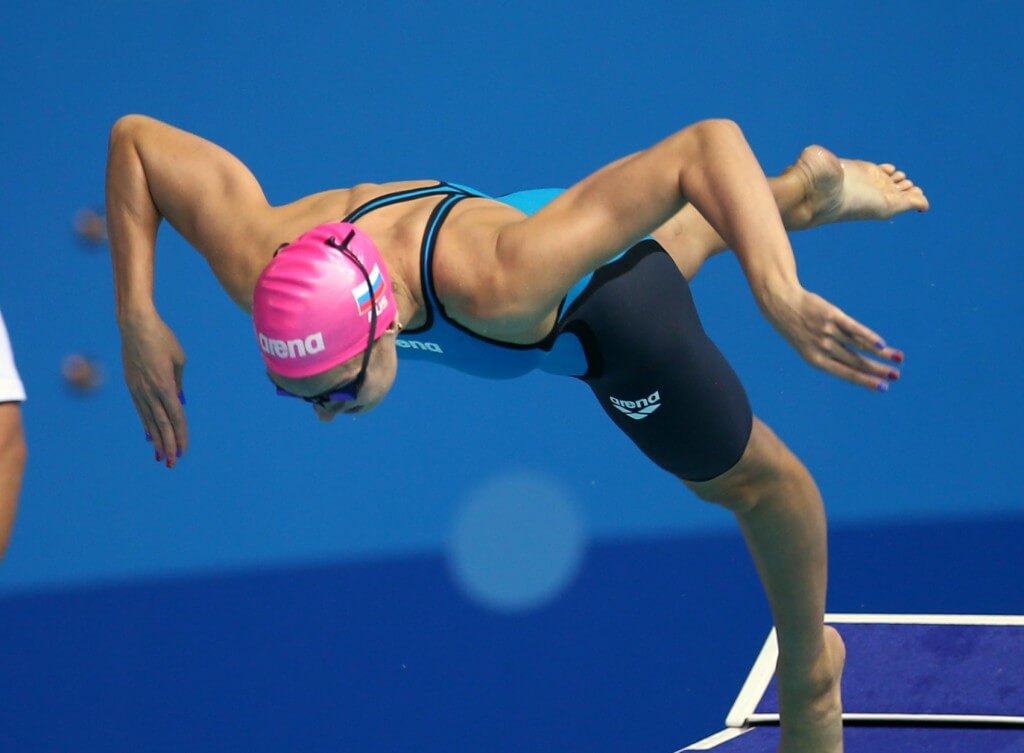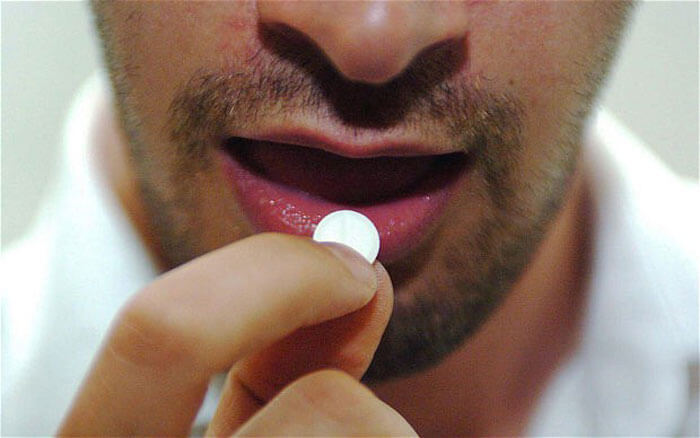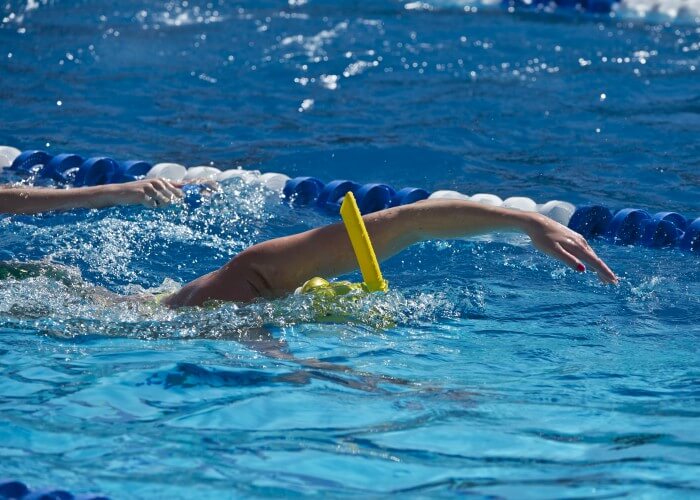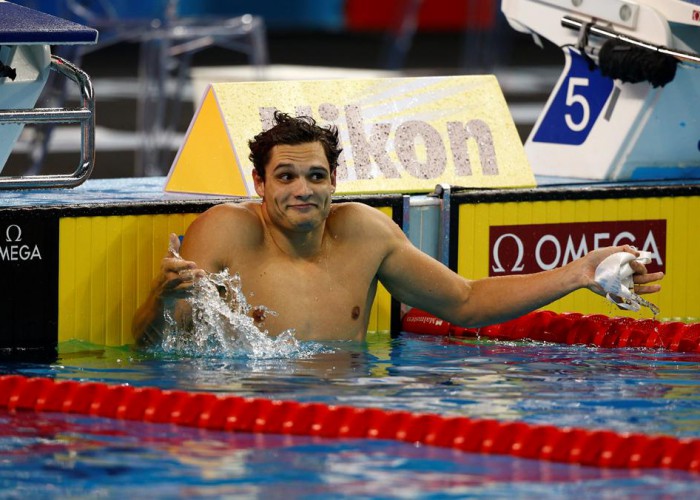Lessons From 2014 To Help Your Swimming In 2015

Photo Courtesy: Xinhua/Fei Maohua
Commentary by G. John Mullen
SANTA CLARA – Over a year ago, I wrote an article on Swimming World recapping what I learned in 2013. In the interest of making this an annual endeavor, I’m excited to present some ideas that intrigued me most in 2014. How will these shape your swimming in 2015?
Beetroot Juice Helps … Some

Everyone wants the next great supplement or ergogenic aide. Beetroot juice is the newest product endorsing significant gains. Unfortunately, recent research suggests beetroot juice is more helpful for untrained athletes than the trained. Luckily, taking beetroot juice or supplementation has minimal to no negative side effects (and possible more positive side effects, like improved nutrition, outside of performance). If you want to try beetroot juice, give it a whirl! Perhaps the placebo effect will provide benefit (see below) but if you are an elite athlete, be weary of the claimed performance benefits.
Placebos Are Beneficial, But Only If Controlled

Piggybacking off beetroot juice, perhaps the use of supplements is purely the placebo effect. Many have negative connotations about placebos, but if a placebo could improve your performance by 1.2 percent, (that is a 0.27-seconds dro for a 22-second 50 freestyler) would you give it a try? Or if you could help your swimmer improve 0.27 seconds in a 50 free, would you consider it? Think about it: a placebo doesn’t have to be an unhealthy or unsafe object. It can just be a sugar pill. You’ve just got to believe you’re taking the latest and greatest supplement.
PAP Has Potential In Swimmers
Postactivation Potentiation (PAP) is a relatively new phenomenon in sport and exercise science that provides coaches with a new tool to potentially impact sports and exercise performance. PAP can be defined as a condition whereby acute muscle force is increased due to a previous high resistance exercise.
Initial studies on PAP used pull-ups and swimming-like resistance training out of the water before in-water sprint swimming performance. These first studies showed minimal to no improvement compared to a traditional warm-up. However, Hancock (2014) notes the use of a power rack before competition resulted in faster 100-meter swimming trials — 0.5 seconds faster! During the PAP trial, the subjects performed the same 900-meter freestyle warm-up, followed immediately by the PAP trial, then the same six-minute rest interval before a 100-meter sprint. The PAP trial performed four maximal 10-meter swims at a one-minute interval on the Power Rack. Power rack load was individually prescribed based upon a formula that was derived to handicap each power rack swim to a duration of about seven seconds, which was sought as a result of the duration of conditioning contractions used in previous studies. The formula derived was L=(0.2)(LBM)(100/t) where L is the Load in kg, LBM is the lean body mass in kg and t is the subject’s best 100-meter freestyle time in seconds.
This study looked at 59-second 100-meter swimmers, so a good group, but not an elite one, keep this in mind and keep on the look out for more research on this area.
Typical “Hypoxic” Training is Actually “Hypercapnic” Training
Research by Dr. Woorons has demonstrated holding one’s breath during training actually causes hypercapnia, not hypoxic training as it is commonly referred. Hypercapnia results in too much carbon dioxide, the result of not exhaling one’s air. Despite this understanding, the continual use of the term “hypoxic training” persists. Coaches and swimmers should use both forms of training with caution and at their individual discretion, as shallow water blackouts are a far too real concern. Nonetheless, as the sport which most readily uses this form of training, we should at least have the correct terminology!
Snorkels Perpetuate Poor Breathing Biomechanics
The snorkel is an invaluable tool in the sport of swimming, helping many find a streamlined body position. However, more people are using snorkels for long sets, perpetuating poor breathing (the most common swimming flaw). Remember, using a snorkel is making it easier for swimmers, allowing them to never fix their poor breathing mechanics which are impairing their swimming. As I’ve discussed with the University of Tennessee’s Head Coach Matt Kredich, improving skills is necessary for improvement and allowing swimmers to not work on their poor breathing mechanics will not improve their poor breathing. This doesn’t mean you should throw out the snorkel. Just realize the consequences of using it and consider using it as a tool for improvement or learning a new skill, not something for endless yards of swimming.
Technology Still Yields Faster Swimming
The 2014 Doha World Championships were an amazing event, resulting in a litany of world records. One world record was achieved in the 50-meter backstroke by Florent Manaudou. In this race, he obliterated the world record. Manaudou had a great meet and also lowered the world record in the 50-meter freestyle, but I think the new backstroke blocks had a major factor in that record. I’ve hypothesized these new backstroke ledges will improve backstroke times by at least 0.2 seconds. If this estimation is correct, Florent’s improvement on the world record by 0.39 seconds doesn’t look as astonishing. Remember, there are a lot of routes to improvement and technological enhancements are among the easiest and most frequent.
Happy New Year and happy swimming!






Swimming technology has improved dramatically over the years. With 2015 in full effect, it will be interesting to see how technology changes the swim scene this year.
Couldn’t agree more! I also wonder how much science will be implemented by the swimming community. To a New Year of fast swimming!
The new backstroke blocks will revolutionise the backstroke events. How many options are out there with the technology?
Thanks for the question Jason. I believe these blocks will be at every major competition, but I’m not certain I understand your question. Please clarify!